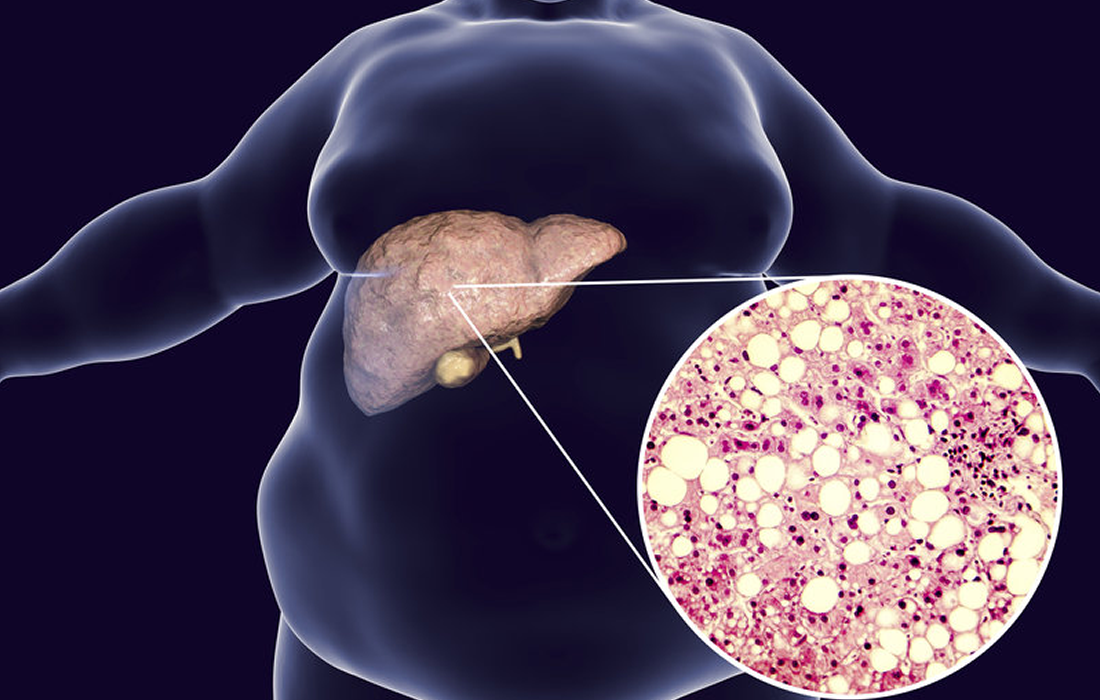Regenerative Medicine News and General Information
Regular Exercise Can Protect Against Fatty Liver Disease: New Study Findings.
Non-alcoholic fatty liver disease (NAFLD) is the most prevalent hepatic pathology associated with the global obesity pandemic. It is also the leading risk factor for non-alcoholic steatohepatitis and liver cirrhosis and is closely linked to the development of hepatocellular carcinoma.
People affected are often also insulin resistant, have reduced glucose tolerance or type 2 diabetes, and have a higher frequency of cardiovascular events and increased mortality.
It has a global prevalence of approximately 25% in the global population and is now one of the major health burdens with tremendous consequences for the health care system as well as for individuals’ quality of life.
There is evidence that suggests that steatogenic conditions responsible for the development of NAFLD first induce compensatory mechanisms in liver mitochondria. Both human and rodent studies showed that liver mitochondria can temporarily adapt to high-calorie intake and obesity by increasing mitochondrial content, mitochondrial enzyme activities, and oxidative capacity, resulting in enhanced fatty acid oxidation and mitochondrial respiration.
New Research Study Results
A new study by the German Center for Diabetes Research, Helmholtz Munich and Tübingen University Hospital shows which molecular adaptations, in particular of the liver mitochondria, can be observed in this process by which exercise not only trains the muscles but can also prevent the development of the fatty liver. The study has now been published in Molecular Metabolism.
In the study, researchers used a mice model and fed them with a high-energy diet. Some of the mice also received regular treadmill training. The intervention lasted 6 weeks, after which they examined the animals’ livers and muscles for changes in the transcriptome, the mitochondrial proteome, lipid composition, and mitochondrial function.
They found that training regulated important enzymes of glucose and fructose degradation in the liver as well as the mitochondrial pyruvate metabolism. As a consequence, less fat is stored in the liver and lipids like diacylglycerol species are lowered. Moreover, glucose control improves in the exercise-trained mice. In addition, an increased respiratory capacity of the skeletal muscles relieves the metabolic stress in the liver.
Their results suggested that exercise disconnects the high-energy diet-induced increase in mitochondrial substrate oxidation from lipid synthesis, which could contribute to the prevention of deleterious long-term effects of high fat and sugar intake on hepatic function and insulin sensitivity.
Sources:
Deutsches Zentrum fuer Diabetesforschung DZD. “How regular exercise can protect against fatty liver associated diseases.” ScienceDaily. ScienceDaily, 20 December 2021. <www.sciencedaily.com/releases/2021/12/211220120641.htm>.
Miriam Hoene, et al. Exercise prevents fatty liver by modifying the compensatory response of mitochondrial metabolism to excess substrate availability. Molecular Metabolism, 2021; 54: 101359 DOI: 10.1016/j.molmet.2021.101359
Image from:
https://www.tehrantimes.com/news/428147/Fatty-liver-disease-affects-over-30-of-population

